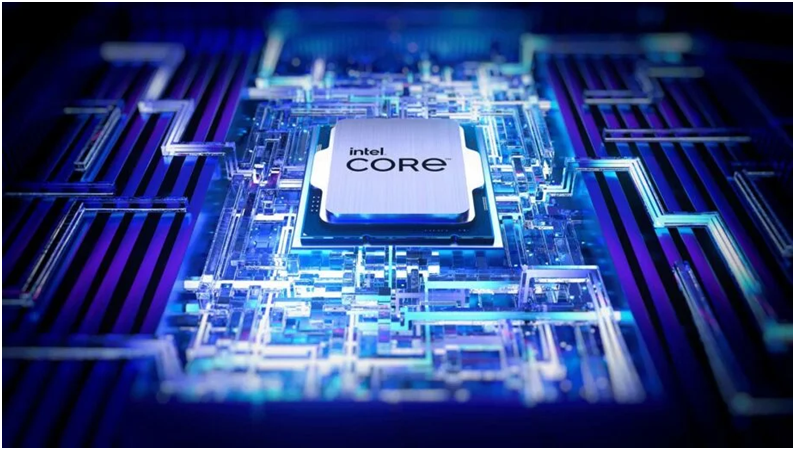Magic angles to look at Moiré superlattices...
FLICK, PULSE AND SUPERCONDUCT
WHAT IS
SUPERCONDUCTIVITY?
By definition, superconductivity is a
state of matter that has no electrical resistance and does not allow magnetic
fields to penetrate. For regular conductors, as we know, resistance decreases
linearly with temperature and becomes 0 at absolute temperature (0 Kelvin).
However, in the case of superconductors, they have a critical temperature — based
on their physical properties — below which their resistance drops to 0 ohms.
Now, superconductors are of great influence due to their
properties and hence find multitudes of applications. However, this also makes
them expensive and difficult to obtain.
Graphene, an allotrope of carbon (which is more
accessible than currently available superconductors) also acts as a
superconductor. However, there is a twist
Source: www.maxpixel.net
Graphene is a one-atom-thick layer of carbon atoms
arranged in a hexagonal lattice. When multiple graphene layers are stacked
on top of each other, free electrons are released due to the new covalent bonds
formed, with ample space for electrons to flow freely between the layers. Thus
graphene in its normal form is a conductor of electricity.
What if we could turn this conductor into a
superconductor? Is it possible? It is. And not just by reducing the temperature
to absolute zero, but by placing these graphene sheets on top of each other at
a certain angle called the ‘magic angle’.
Source: www.everettyou.github.io
Two periodic
lattices on top of each other with a relative ‘twist’, interfere to create a
Moiré pattern. The periodic pattern forms a larger lattice called the Moiré
superlattice. While such superlattices can be realized in materials such as
graphene, hexagonal boron nitride (hBN), molybdenum disulphide (MoS₂) and
others, we mainly focus on graphene in this article.
THE SCIENCE BEHIND
To understand how
this twist enhances conductivity on such a scale, we take into consideration
the behaviour of electronic matter waves in this environment.
The graphene layers
generate a lattice, and as the scale of the lattice increases, the electronic matter wave of the free electrons propagates at longer wavelengths. Longer
wavelength corresponds to lower momentum according to de Broglie’s relation p = h/λ.
Lower momentum thus
implies reduced kinetic energy of the electrons (which, if you observe, is an
effect similar to that caused by reduction of temperature in the case of regular
superconductors).
Reduced kinetic
energy makes the interaction energy relatively more important, resulting in
enhanced interaction amongst the electrons.
Current, as we
know, is basically the interaction of electrons as they pass on energy from one end
of a substance to the other. As the interaction is enhanced, resistance reduces
to a negligible value and we get a superconductor.
The main role of
the ‘magic angle’ is to make the energy band of the material almost flat near
the Fermi energy, creating the phenomenon of Van Hove's singularity. This
satisfies the requirements for the Bardeen-Cooper-Schrieffer theory for
superconductivity. According to this theory, electrons form Cooper pairs
through interaction with lattice vibrations, which move in a coordinated
manner, unlike in a random manner as in normal conductors which in effect
allows electricity to flow with no resistance.
Source:
www.pubs.acs.org
TWISTED BILAYER GRAPHENE
This magic angle is
theoretically predicted to be 1.08° for
graphene by a team of researchers at MIT led by Pablo-Jarillo Herrero.
The team discovered
that a stable graphene structure at a 1.08° angle can be made using hexagonal boron
nitride(hBN) and its superconductivity can be switched on and off at low
temperatures by providing a simple electric pulse. The researchers aligned the
first layer of hBN exactly with the top graphene sheet, while the second layer
was offset by an angle of 30° with respect to the bottom graphene sheet. With
this arrangement, they could engineer bistable behaviour in which the material
can sit in one of two stable electronic states, allowing its superconductivity
to be switched on or off with a short electrical pulse.
This structure is
termed twisted bilayer graphene
and is a pivotal step in the world of superconductors.
TWISTED TRILAYER GRAPHENE
Bilayer graphene
has also directed research towards twisted trilayer graphene, which has better
tunability of its electronic structure and superconducting properties than
magic-angle twisted bilayer graphene. An intriguing point about twisted trilayer graphene is that
it can be electrically tuned close to the crossover to a two-dimensional
Bose–Einstein condensate.
Research on such Moiré superlattices is in progress taking
its various applications into consideration. Moiré superlattices have immense
potential and thus shall contribute to vastly improving the technical world.
CREDITS:
Aarya
Kulkarni(112107001) SY ENTC
RESOURCES:
https://everettyou.github.io/2018/05/21/Moire.html
https://www.nature.com/articles/s41586-021-03192-0
NOTE:
This blog is meant for educational purposes only. We
do not own any Copyrights related to images and information, all the rights go
to their respective owners. The sole purpose of this blog is to Educate,
Inspire, Empower, and create awareness in the viewers. The usage is
non-commercial(Not For Profit) and we do not make any money from it.
Write your feedback here:
https://forms.gle/C3ybXMPPUaJBgP618
FOLLOW US
ON:
INSTAGRAM :
https://bit.ly/coep_blogs_insta
LINKEDIN:
https://bit.ly/coep_blogs_linkedIn
YOUTUBE:-
https://bit.ly/Coep_blogs_YouTube





Comments
Post a Comment